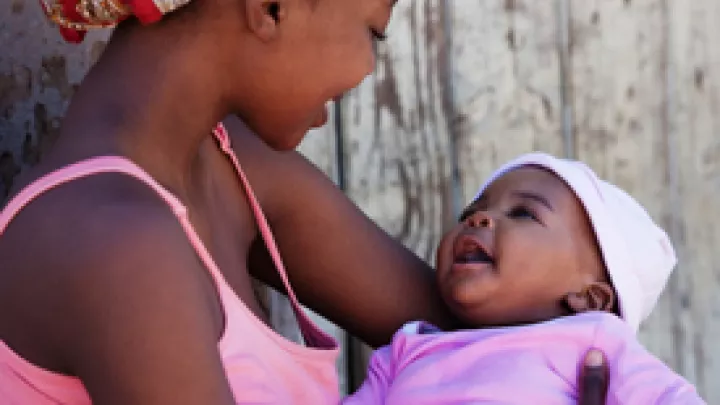
Four Things You Didn’t Know About HIV and the Growing Child
From regulating our metabolism and mood to influencing overall growth and development, hormones intimately govern how our body works—especially during childhood and adolescence. But for youth with human immunodeficiency virus (HIV), infections and HIV-fighting antiretroviral medications can change the way these hormones act.
Mitchell E. Geffner, MD, and colleagues from across the U.S. – and in Puerto Rico—are studying the interaction between HIV and the hormone-producing endocrine system in the NIH-sponsored Pediatric HIV/AIDS Cohort Study (PHACS). Here are four key discoveries that Geffner’s group has made over the last few years:
- HIV may play a role in insulin resistance—and possibly the onset of diabetes—in affected adolescents.
- Children with HIV are more likely to have low bone mineral density, which can lead to osteoporosis and an increased risk of fractures.
- Kids with HIV will enter puberty later than those who don’t have HIV.
- Children perinatally infected by HIV (meaning they were infected at or around their time of birth) have an increased risk of cardiovascular disease as they age which can be predicted by the severity of their HIV infection.
“With the availability of better viral-specific drug therapies, the knowledge gleaned from this study will help to develop targeted monitoring and prevention strategies that ensure continued improvement in overall outcomes for HIV-infected children,“ said Geffner, who is Division Chief of the Center for Endocrinology, Diabetes, and Metabolism at CHLA.


